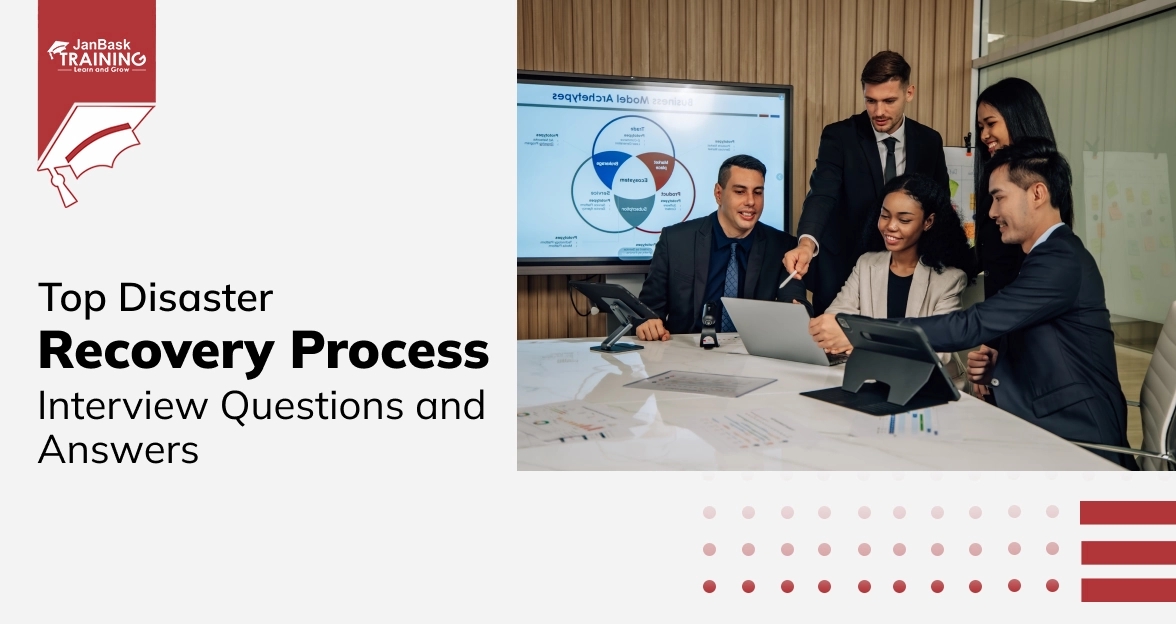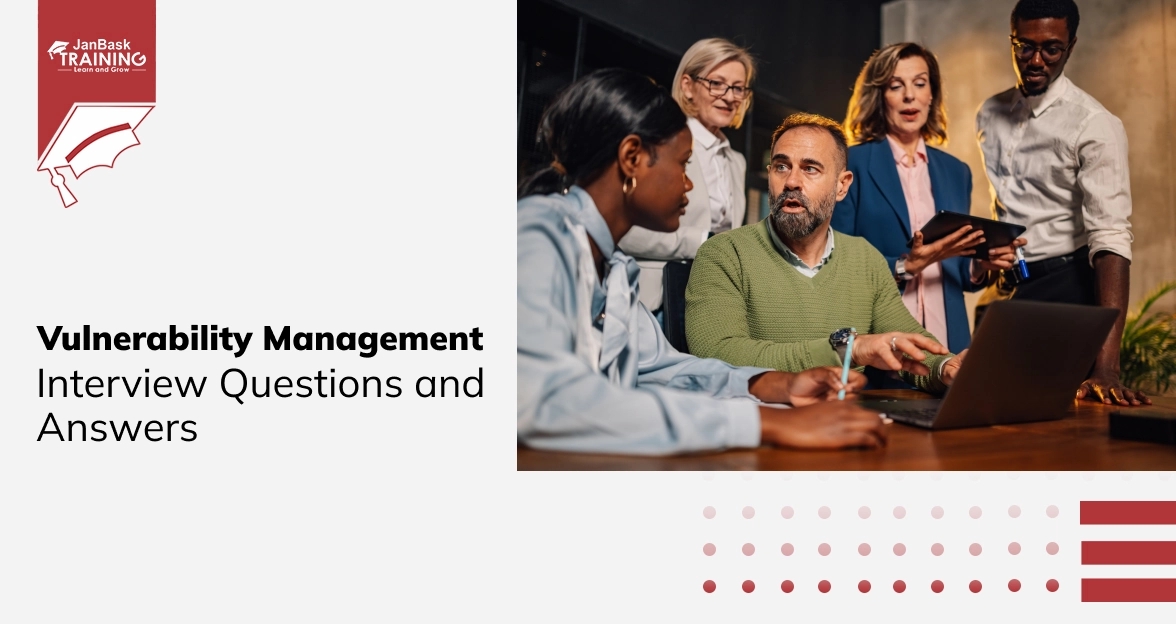 Grab Deal : Upto 30% off on live classes + 2 free self-paced courses - SCHEDULE CALL
Grab Deal : Upto 30% off on live classes + 2 free self-paced courses - SCHEDULE CALL

 Grab Deal : Upto 30% off on live classes + 2 free self-paced courses - SCHEDULE CALL
Grab Deal : Upto 30% off on live classes + 2 free self-paced courses - SCHEDULE CALL

Are you preparing for an upcoming Certified Ethical Hacker (CEH) certification? If so, you're in the right place! This blog has compiled a comprehensive list of CEH interview questions and answers to help you ace your CEH interviews. Whether you're seeking a new cybersecurity job or promotion or simply want to test your CEH knowledge, our curated collection of questions covers many CEH topics.
Ans: A goal-based penetration test is a penetration testing approach that focuses on specific objectives or goals set by the organization or client. The primary purpose of this type of penetration test is to assess the security of a system, network, or application with a predefined target in mind.
Ans: An object-based penetration test is a security assessment that identifies vulnerabilities and weaknesses related to specific objects or assets within an organization's network or infrastructure. Objects in this context could be servers, databases, applications, or any other digital assets.
Ans: In 2002, the Sarbanes Oxley Act was introduced for the adoption of accounting and increased corporate transparency through enhanced disclosure requirements, ensuring proper governance and financial reporting while institutionalizing an intra-firm system.
Ans: The two key federal roles that are applied to hacking are:
Ans: If an organization doesn't own the system but uses a cloud-based service, it typically cannot legally provide permission for penetration testing. Permission from the cloud provider is necessary.
In such a scenario, the organization usually cannot legally provide permission for penetration testing on that system without the explicit consent of the cloud provider.
Ans: A Master Service Agreement (MSA) is a legal contract or agreement that outlines the terms and conditions governing the relationship between a client organization and a penetration testing or cybersecurity service provider. This agreement is the foundation for providing services and covers various essential aspects, such as scope of work, responsibilities, liabilities, and other legal and business-related matters.
Ans: Eavesdropping, in the context of social engineering attacks, is a technique where an attacker covertly intercepts or listens in on private conversations or communications between individuals or within an organization to gather sensitive or confidential information. This attack can steal sensitive data, such as passwords, personal information, or business secrets, by exploiting communication channels' lack of privacy or security.
Ans: The key components that make nation-state attacks powerful are their highly targeted nature. These attacks are directed explicitly at particular individuals, organizations, or entities, often to gather intelligence, disrupt operations, or achieve strategic objectives. Unlike more opportunistic cyberattacks, nation-state attacks are precision-focused, making them incredibly potent and difficult to defend against
Ans: It is often an automated attack that searches for standard holes such as old software, open ports, insecure networks, and default set-ups on a large scale of systems. Once a weakness has been spotted, the hacker will take advantage of it, plunder whatever can be stolen immediately, and leave.
Ans: Pretexting is researching and gathering information to build believable aliases, biographies, and situations to exploit predetermined targets. As a tactic, pre-loading seeks to influence the target's thoughts towards setting a target. opinions, and emotions
Impersonation is approaching a target with a valid request for sensitive information or access to protected systems while posing as someone you can trust.
Ans: Phishing is a cyberattack and social engineering technique in which malicious actors attempt to deceive individuals or organizations into revealing sensitive information, such as usernames, passwords, credit card numbers, or other personal and financial data. Phishing attacks typically involve fraudulent emails, messages, or websites that appear to be from a legitimate source, such as a reputable company or a trusted individual.
Ans: Whaling and vishing are both forms of social engineering cyber attacks. Whaling targets high-profile individuals or senior executives within organizations, aiming to trick them into revealing sensitive information or providing access to critical systems. It's highly tailored and often uses impersonation tactics. Vishing, on the other hand, involves phone calls or voice messages, where attackers impersonate trusted entities to manipulate victims into disclosing confidential information or performing specific actions.
Ans: In the context of the Certified Ethical Hacker (CEH) certification and cybersecurity, pharming is a cyberattack that manipulates the Domain Name System (DNS) or the host file on a victim's computer to redirect their web traffic to a fraudulent website. This fraudulent site is designed to mimic a legitimate one, often to steal sensitive information from unsuspecting users, such as login credentials, credit card numbers, or personal data.
Ans: Concerning physical security, there are three things to consider:
Ans: Bullet cameras are spherical, long, and have an integrated lens. Most bullet cameras are suitable for both indoor and outdoor use.
Cyber Security Training & Certification

This blog featuring Certified Ethical Hacker (CEH) interview questions and answers is a valuable resource for aspiring ethical hackers and organizations looking to hire skilled cybersecurity professionals. It provides a comprehensive insight into the critical knowledge areas and skills required for CEH certification and practical application. The interview questions cover various topics, from network security and penetration testing to vulnerability assessment and compliance standards.

Top Disaster Recovery Process Interview Questions and Answers

Vulnerability Management Interview Questions and Answers

Essential Antivirus Interview Questions and Answers

CEH Reconnaissance Interview Questions & Answers

Cyber Security

QA

Salesforce

Business Analyst

MS SQL Server

Data Science

DevOps

Hadoop

Python

Artificial Intelligence

Machine Learning

Tableau
Download Syllabus
Get Complete Course Syllabus
Enroll For Demo Class
It will take less than a minute
Tutorials
Interviews
You must be logged in to post a comment